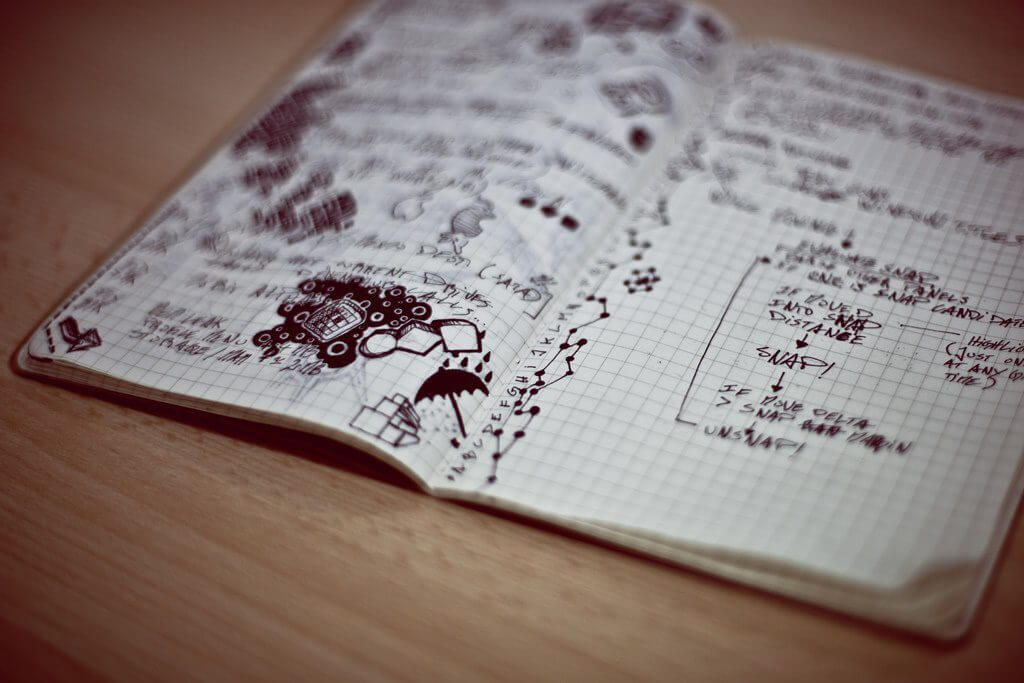It’s no secret that everybody learns and absorbs information differently. Our brains are all different and operate in unique ways. So why should we all try and use the same studying techniques? There are four main types of learners: visual, auditory, reading/writing, and kinesthetic, broken down further into seven reading/writing learning styles.
No one type is better than the other. Some people may identify with multiple learning styles. To focus on reading/writing learners, they grasp information best by utilizing note-taking strategies and transcribing concepts and ideas. Below are specific study tips for those who consider themselves to be a read/write learner to some degree.
Take Notes During Class
Fortunately for reading/writing learners, the traditional school curriculum caters nicely to their learning style. Most teachers and professors require or at least recommend that students take notes in a notebook and review them to study, which is exactly how this type prefers to study.
To take class notes effectively, paraphrase what the professor said and what is written on the lecture slides. You don’t need to write down everything word for word. In fact, it is better to take the information and write it in your own words.
Sometimes, students think that they can simply listen and remember the information to write down later on. This may be true for some auditory learners. However, most of the time it is best to write down the key ideas as they are being delivered. That way, you don’t forget or confuse them.
Re-Write and Re-Read Your Notes
Aside from taking notes, these types of learners get a lot out of re-reading and re-writing what they wrote down. It helps them to ingrain what they learned when they attach physical motion, especially if the notes were originally typed. Since their reading comprehension is usually above average, it is also useful to re-read notes, textbooks, articles, and lecture slides a few times over. If you don’t have time to read every single body of text word for word, look for the concepts that confused you, things you have a hard time remembering, or skim for the main ideas in the material.
Read Supplementary Information on a Topic
For reading/writing learners who lean more toward the reading side, dedicate some time to finding supplementary information on what you’re learning about. This way, you can not only read the assigned chapters or articles, but you can expand your knowledge and better understand concepts by gaining more in-depth information.
For example, if you are learning about the effects of sugar on your health, you may go beyond reading the chapter in the book. You may go find material about type 2 diabetes and how blood sugar affects your brain and body. This way, you not only know the key ideas about sugar and your health, but you are also able to provide specific examples and go more in-depth on a broader topic.
Make a List
Often times, a read/write learner is also a “list person”. That is, they find that the best way to organize their thoughts is to list them out in an order that makes sense to them. If you make to-do lists or grocery lists, then why not make a list for concepts, key terms, and main ideas when you’re studying?
Making a list will help you to make sure you’re not forgetting to go over anything. It also helps your brain have an easier time organizing and remembering information for a test. Remember, the list doesn’t have to be in any specific order. But, it should make sense to you to be a helpful study aid.
Use College Raptor’s free match tool to discover personalized college matches, cost estimates, acceptance odds, and potential financial aid from schools around the country!






